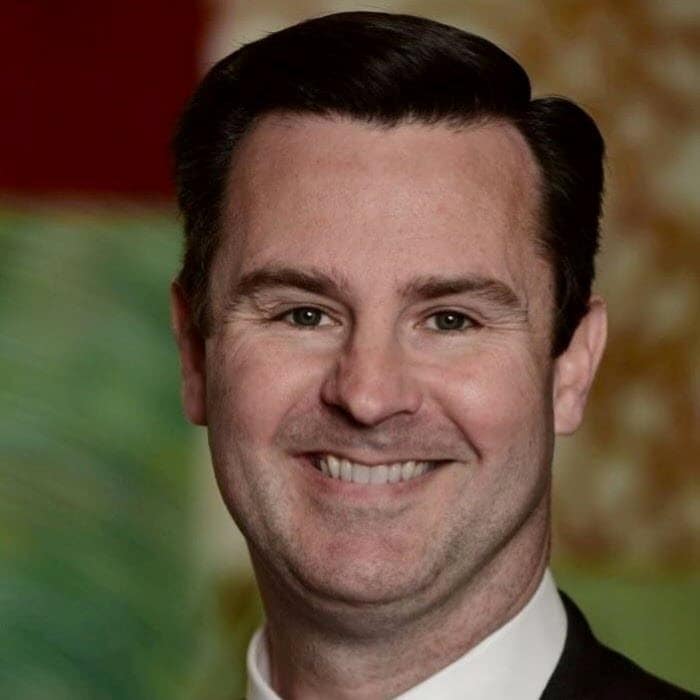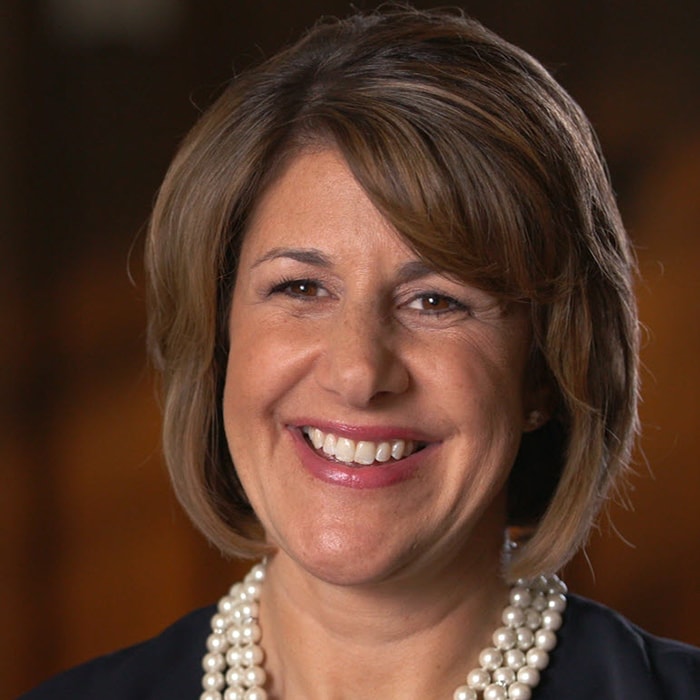Leveraging the franchise lifecycle model has been saved

Perspectives
Leveraging the franchise lifecycle model
Mitigate risk and drive profits with the franchisor-franchisee relationship
The traditional franchisor-franchisee relationship is evolving in response to a riskier legal and regulatory environment. So how can franchisors prepare for this new reality?
Explore content
- An evolving relationship
- Emerging trends
- Preparing for this new reality
- Get in touch
- Join the conversation
An evolving relationship
The franchisor-franchisee relationship is a model most people understand, and it has historically led to mutually beneficial success. The franchisor owns the brand and related intangibles such as recipes, processes, and technology. It sets the standards, provides support services, and takes a fee in return. The franchisee owns and operates the assets, employs the staff, puts in the hours, and earns a return as an entrepreneur.
But this traditional model is evolving in response to an increasingly riskier legal and regulatory environment. As the contractual agreements and division of responsibilities become more complex, the landscape is fraught with additional pressure and risk.
Emerging trends
In addition, franchisors are facing increased pressure from evolving consumer, business, and regulatory trends, including:
- Brand innovation
- Maintaining consistency in customer experience
- Advertising spend
- Managing dated and complex contracts
- Addressing guest privacy
- Evolving accounting standards
- Regulatory rulings
The confluence of these trends results in franchisors being more responsible for managing complex relationships with the end consumer and for the risks associated with those interactions. Franchisors face potential risks that they haven’t encountered before, such as being included in legal actions against their franchisees.
At the same time, franchisors can’t employ too much oversight or be so prescriptive that they run the risk of being labeled a joint employer. They have to strike a balance.
Preparing for this new reality
For most of its history, the separation that was built into the franchise model was a large part of what made it attractive to participants on both sides. But pressure on the traditional franchise model is coming from multiple directions. Consumers demand more integrated experiences with a brand experience. Meanwhile, courts and regulators are chipping away at the firewall of ownership and responsibility that made franchising a distinct model in the first place.
All of this means that franchisors can’t afford to rely on long-held assumptions about their role in the business model. There are new customer demands that are constantly evolving. And with regulatory changes, a franchisor can’t approach talent, risk, training, or relationships the same way it did only a few years ago. Some of those changes are easy to perceive. Some are in the headlines. But the second-order changes that cascade outward from them are less easy to appreciate without deliberate effort.
Franchisors that move most decisively to embrace this new reality will be the ones better prepared to prosper in it.
Download the full PDF to learn more about the franchisor lifecycle model.
Recommendations
New insights on innovation in the consumer products industry
How innovation leaders are creating value despite industry headwinds




